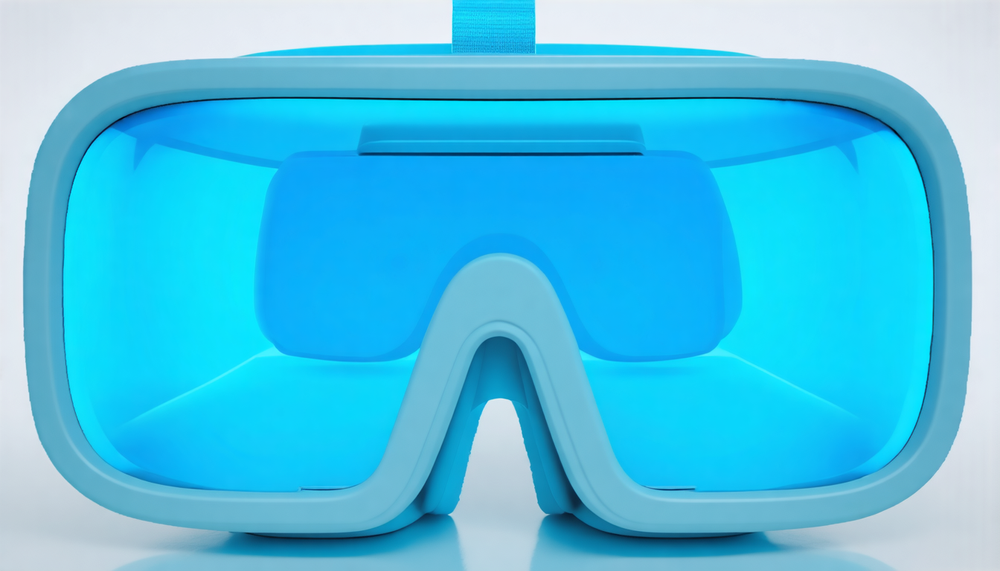Breathe Easy: The Future of Treating Anxiety Disorders with VR Innovation!
In the ever-evolving world of healthcare technology, innovative methods continue to shape the future of mental health care. Among these groundbreaking advancements, the extension of respiratory interaction modalities within virtual reality (VR) technology is emerging as a promising contender in the battle against anxiety disorders.
A New Era of Healing
Imagine slipping on a VR headset and being transported to a tranquil landscape where every breath you take is seamlessly integrated into a therapeutic environment. This is not mere imagination, but a burgeoning reality in the treatment of anxiety. By engaging with VR environments that respond to changes in breathing, patients can experience a soothing, real-time interaction that aids in calming anxiety responses.
The Science Behind the Innovation
Breathing exercises have long been a cornerstone in managing anxiety disorders, primarily by promoting relaxation and reducing stress levels. By immersing an individual in VR and coupling it with respiratory monitoring and feedback, the therapeutic effects are enhanced, making treatments more effective. According to Nature, this integration of technology offers a new dimension to traditional breathing exercises, facilitating more profound mental health benefits.
Technological Triumphs
The backbone of this innovation lies in its ability to monitor respiratory patterns accurately, adjusting the virtual environment in response to the user’s breathing. This real-time adaptation provides a unique personalized experience, allowing patients to harness their control over anxiety in a safe setting. The implementation of such technology is a testament to how the digital age is transforming mental health therapies.
A Promising Future
While the potential success of VR in treating anxiety is promising, continuous research and development are crucial. Trials and longitudinal studies are needed to establish long-term efficacy and to refine these interactive breathing techniques within VR. As stated in Nature, the journey doesn’t end here—researchers are continually exploring this dynamic relationship to unlock new methods of healing.
Embracing Change
As we stand on the precipice of a technological revolution in mental health care, the incorporation of respiratory interaction modalities in VR is a beacon of hope. It represents a move towards more immersive and effective treatment options for those grappling with anxiety disorders. In a world that often feels overwhelming, these technological innovations offer an extension of care previously thought unattainable.
In conclusion, the future of treating anxiety disorders with VR technology is bright, and the potential is vast. The blend of respiratory interaction with the enrapturing appeal of VR is just the beginning. As these technologies advance, so does the promise of a calmer, more hopeful future for individuals worldwide battling anxiety.




